1. Overview about Chua Cau – famous bridge in Hoi An
- Address: 186 Tran Phu, Minh An Ward, Hoi An, Quang Nam
- Opening hours: 09:00 – 11:00 and 15:00 – 22:00
- Ticket price: 80,000 VND for Vietnamese guests; 100,000 VND for international guests
Chua Cau Hoi An is located on Nguyen Thi Minh Khai Street, Minh Khai Ward, Hoi An ancient town. Anyone who comes to this place is impressed by its majesty as a testament to history. At the same time, it contains the faith and hope of the people here.
Although Chua Cau Hoi An is referred to as a pagoda, it does not worship Buddha but Bac De Tran Vo, a god who guards the land and brings joy and happiness to its inhabitants. As a result, each year both locals and visitors come here to explore, visit, and find some tranquility for their overly troubled souls.
Because the bridge and pagoda were constructed by Japanese merchants in the early 17th century and feature a roof emblem of a sword piercing the back of the monster mamazu which causes earthquakes and natural catastrophes, Chua Cau is also known as the Japanese Bridge. This demonstrates the intention to bring harmony to the busy port area where commerce converges.
In addition, this place also has another name – Lai Vien Kieu. The reason for its name is because in 1719, Lord Nguyen Phuc Chu visited Hoi An and named the bridge Lai Vien Kieu, meaning “Bridge to welcome guests from afar”. It can be affirmed that Hoi An Bridge Pagoda is a symbol of cultural and architectural exchange between the three countries of Vietnam, Japan and China.
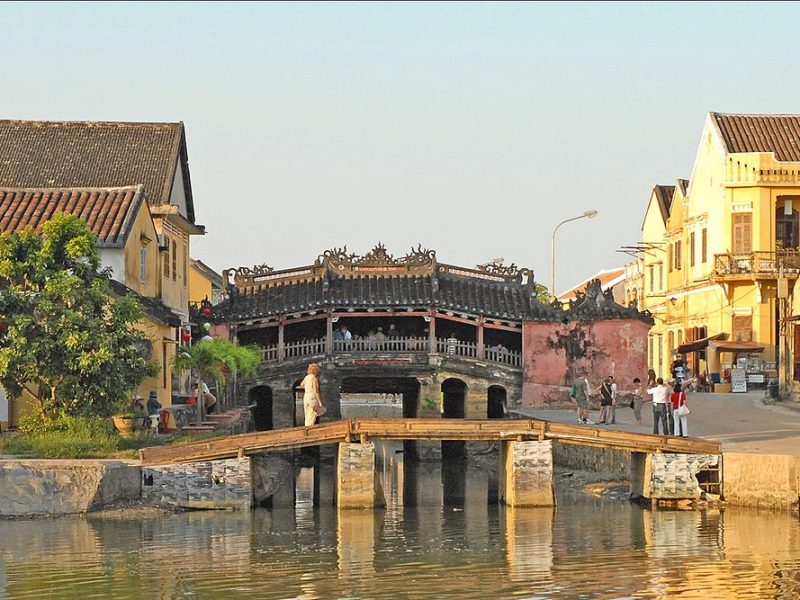
2. The best time to explore Hoi An Covered Bridge
Choosing a favorable time to visit Hoi An Bridge Pagoda is also very important. The most ideal time would be from February to August every year, you can choose the following two timelines:
- February – April: This is the early spring period, the weather is quite cool, the sun is not harsh and there is little rain. If tourists have the opportunity to visit Hoi An now, it would be great!
- May – August: There is no rain at this moment, and the weather is still lovely. The temperature is high and the sun will be very intense, so it can be a little uncomfortable.
- September – January: You should not go at this time because Hoi An will have prolonged rains, hindering tourist activities.
3. How to get to Hoi An Bridge Pagoda
3.1. Move to Da Nang
- Airplane: Airplane is the fastest and healthiest choice for tourists. Flight time from Hanoi’s Noi Bai airport or Ho Chi Minh City’s Tan Son Nhat airport to Da Nang airport only takes about 1 hour. Ticket prices for Vietjet and VietnamAirline airlines range from 600,000 VND to 2,500,000 VND depending on flight time.
- Train: Traveling to Da Nang by train is also an ideal choice if tourists want to see the beautiful scenery of Vietnam. However, the travel time will be quite long, from 15 to 20 hours. In addition, ticket prices will depend on the type of seat ranging from 500,000 VND to 1,500,000 VND
- Coach: Currently there are many coach routes from Hanoi/Ho Chi Minh City directly to Hoi An. Ticket prices range from 300,000 VND to 500,000 VND per trip.
- Some Hanoi – Hoi An coach routes that tourists can refer to are Queen Cafe Bus (Fare 400,000 VND; phone number 1900 272 708); Duong Vu (Ticket price 380,000 VND; phone number 0902 227 070)
- Some coach routes from Ho Chi Minh City to Hoi An that tourists can refer to are Bich Nga (Fare 370,000 VND; phone number 0866 633 965); Huong Ty (Ticket price 300,000 VND; phone number 0935 794 594); Khanh Ngan (Ticket price 300,000 VND; phone number 0915 999 296)
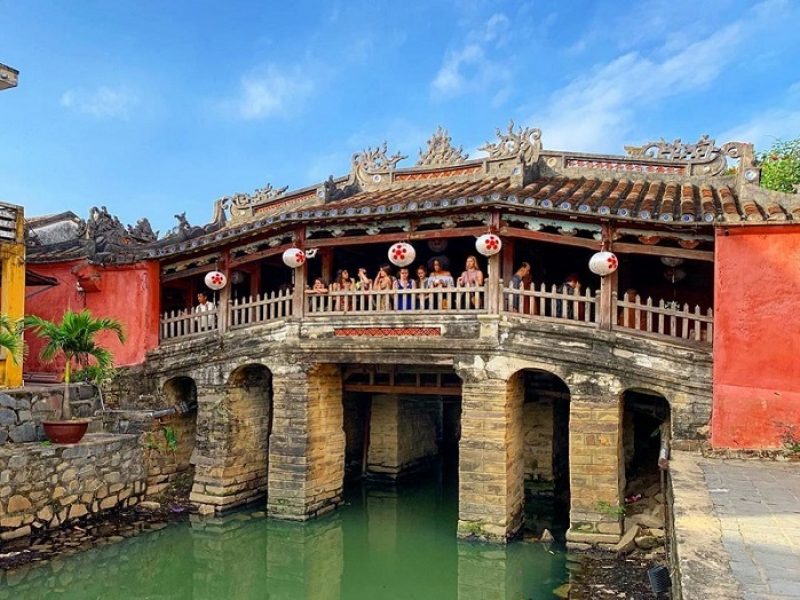
3.2. Travel from Da Nang to Hoi An
From Da Nang, visitors have many transportation options to get to Hoi An. Let’s take a look at some of the ways Metta Voyage suggests below:
- Taxi: There are many taxi companies that take passengers from Da Nang airport to Hoi An. This is also a quick means of transportation to choose, however you should ask about the price before getting on the bus, the cost of taking a taxi will be quite high.
- Motorcycle: You may definitely rent a motorcycle and ride at will if the distance is less than 30 kilometers. You may travel in Hoi An extremely proactive in this method, but it will require a lot of work.
- Bus: The most economical is definitely the bus. The price is cheap and safe, however visitors may have to wait quite a long time for bus routes. There is also a time limit if you arrive in Da Nang in the evening, the bus may no longer operate at this time.
4. The Meaning of Chua Cau Hoi An
4.1. The architecture is Japanese style
Chua Cau is 18 meters long with a roof, with a wooden design, the structure of the pagoda with the upper part is a house, the lower part is a bridge, the foundation uses stone pillars. Japanese architecture is clearly shown in the elaborate canopy, at the main door there is a sign embossed with 3 Chinese characters, “Lai Kieu Vien“. Chua Cau also has two more majestic animal mascots, the Dog and the Monkey, who are extremely solemn. The overall structure exudes the antiquity of a distant memory.
4.2. Crystallizing the soul associated with the lives of Hoi An people
Hoi An Bridge Pagoda is also an image associated with the lives of local people, this is the place where the belief of repelling sea monsters has been practiced from ancient times to the present. Another special thing is that Cau Pagoda does not worship Buddhas inside, but worships Bac De Tran Vo – the god of happiness, which has contributed to attracting tourists here every year.
4.3. Famous symbols are printed on Vietnamese banknotes
Chua Cau, which boasts outstanding architectural beauty, was designated a national historical-cultural relic in 1990 and is a popular tourist destination in Hoi An. The image of Chua Cau is printed on the 20,000 VND banknote made of polymer paper in Vietnam, which is enough to indicate the significant value and importance of this antiquity both spiritually and in daily life. However, perhaps many tourists are unaware of this distinctive feature.

5. Some famous tourist destinations near Hoi An Bridge Pagoda
5.1. Hoi An Market
You can visit this market to buy souvenirs or locally produced goods from Hoi An. The Hoi An Market is a location where a wide variety of handicrafts, delicious foods, and specialties from Hoi An and Quang Nam are sold. Additionally, by visiting Hoi An market, you have the chance to discover more about the locals’ way of life.
- Address: Tran Quy Cap – Nguyen Thai Hoc intersection, Hoi An, Quang Nam
- Opening hours: 6:00 – 18:00
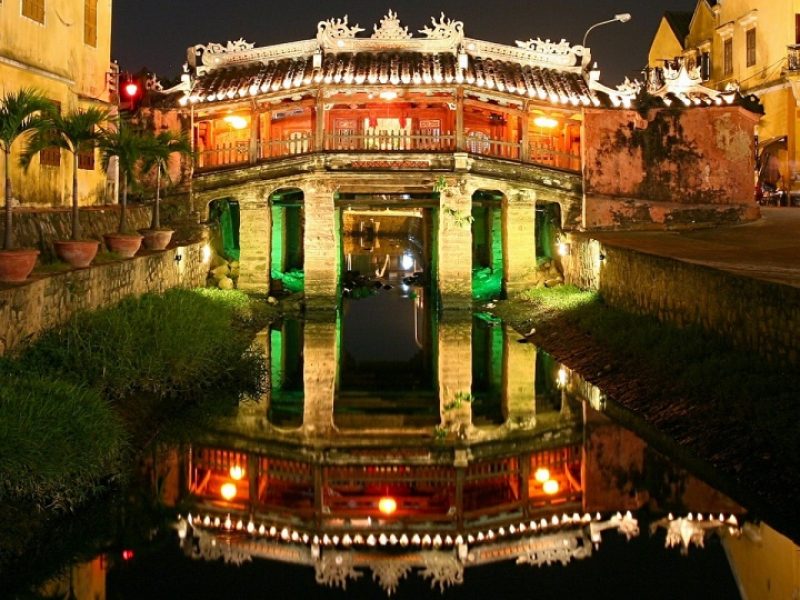
5.2. Tan Ky ancient house
One of the oldest structures in Hoi An is the Tan Ky ancient home. Tan Ky’s ancient house’s architecture is still intact despite being more than 200 years old. The Le family once lived and operated a business here. The house has a trading area in front and a river in the back, making it very practical for importing goods.
The impression of visitors when coming to Tan Ky ancient house is its unique architectural style with a harmonious combination of three cultures: Chinese – Japanese – Vietnamese. Tan Ky ancient house was honored as a national cultural heritage. In particular, this is also the place to welcome domestic and foreign heads of state to visit.
- Address: 101 Nguyen Thai Hoc, Minh An Ward, Hoi An, Quang Nam
- Opening hours: 6:00 – 17:45
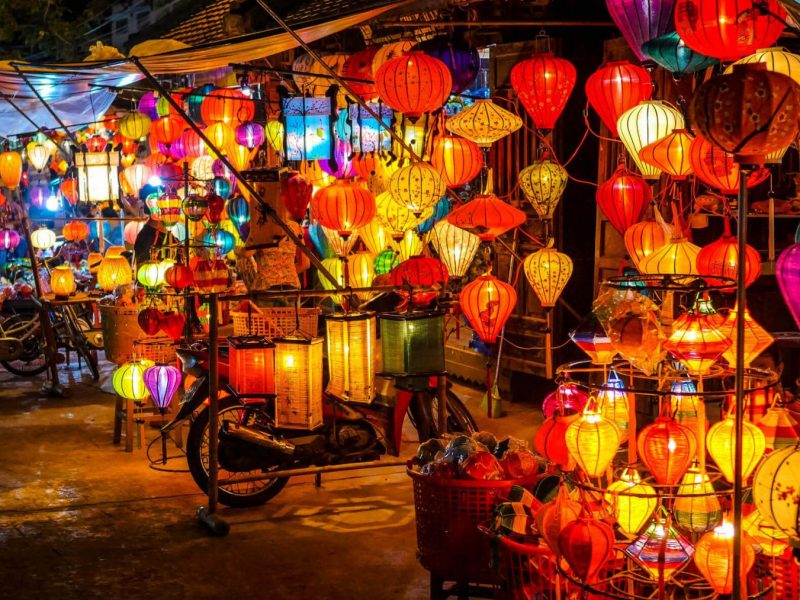
5.3. Sa Huynh Culture Museum
Established in 1994, it is a place to display many unique ancient relics of the Sa Huynh culture. Visitors will be able to admire 950 artifacts exploited from many archaeological surveys from 1989 to 1994. This will definitely be an ideal place for sightseeing and virtual living for tourists.
- Address: 149 Tran Phu, Minh An Ward, Hoi An, Quang Nam
- Opening hours: 07:00 – 21:00
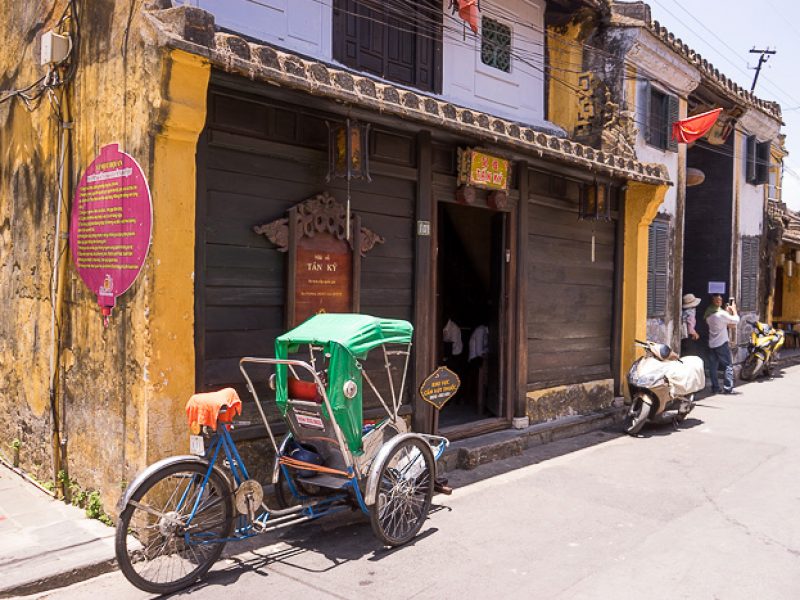
6. Conclusion
If you have the opportunity to visit Hoi An, you definitely cannot miss the Hoi An Covered Bridge attraction. This place is not only a famous symbol printed on the 20,000 VND bill but also crystallizes the cultural and human spirit of the people here. Let’s explore more interesting travel articles on Metta Voyage!
Contact us
Website: mettavoyage.com
Email: info@mettavoyage.com
Hotline 24/7: + 84 989 383 572

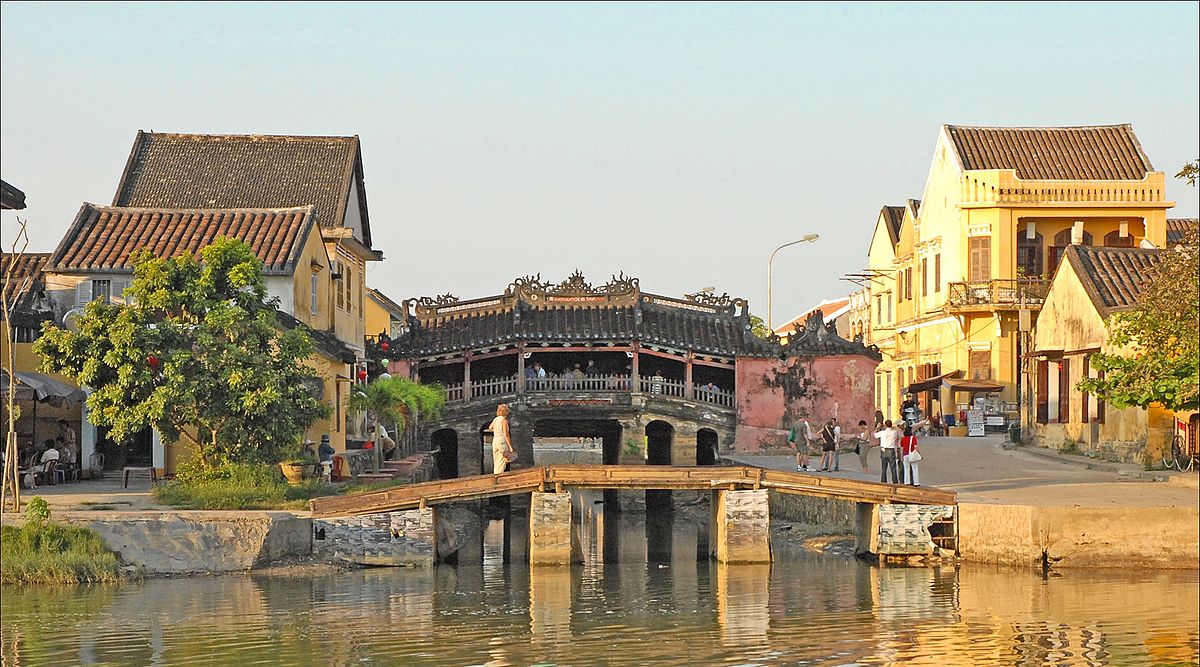

0 Comment